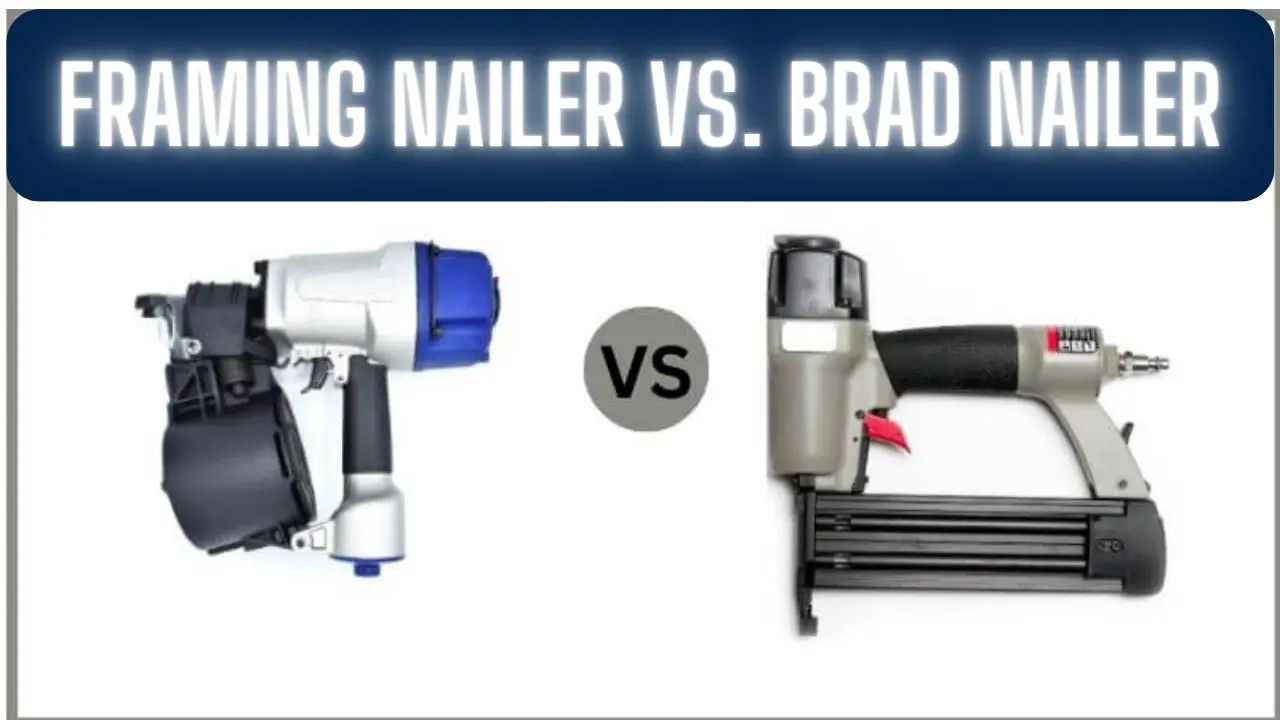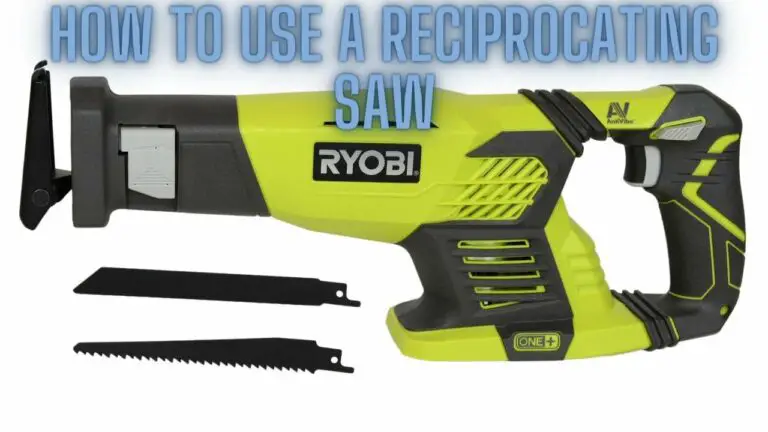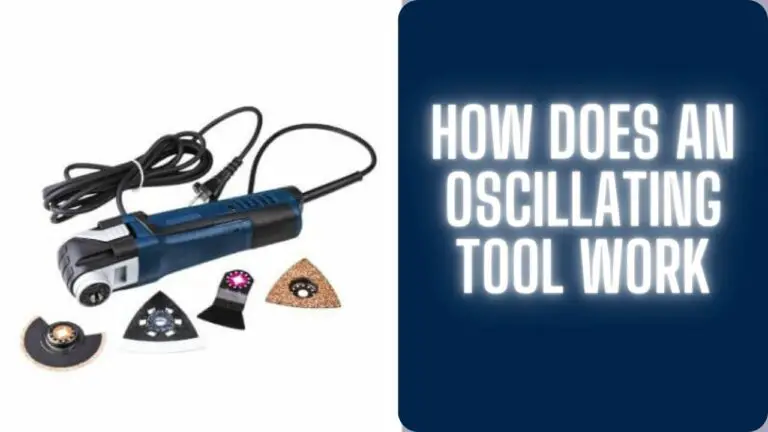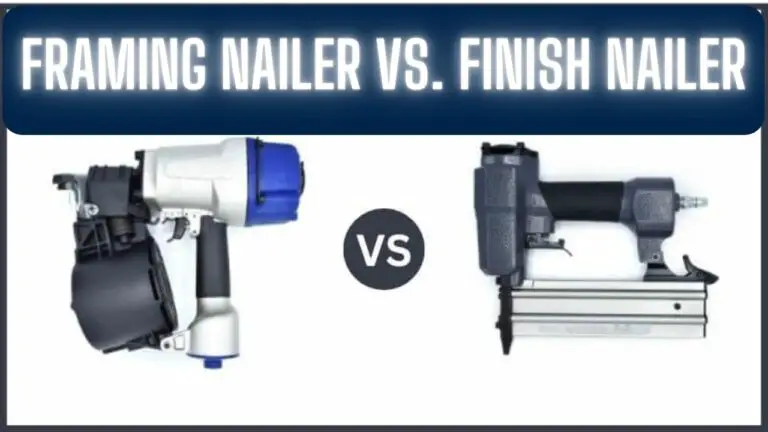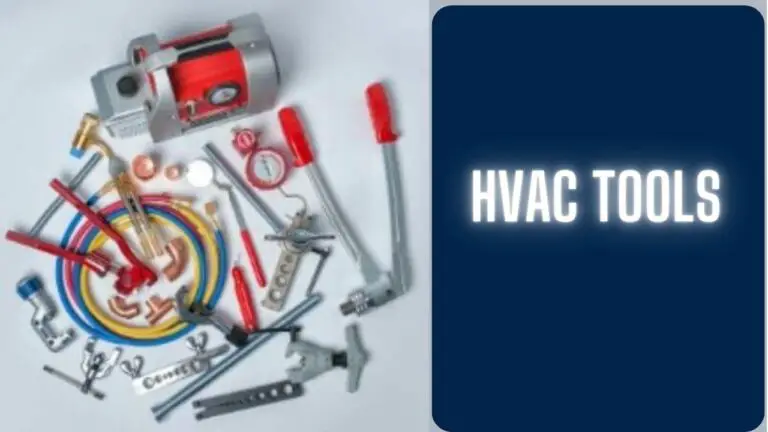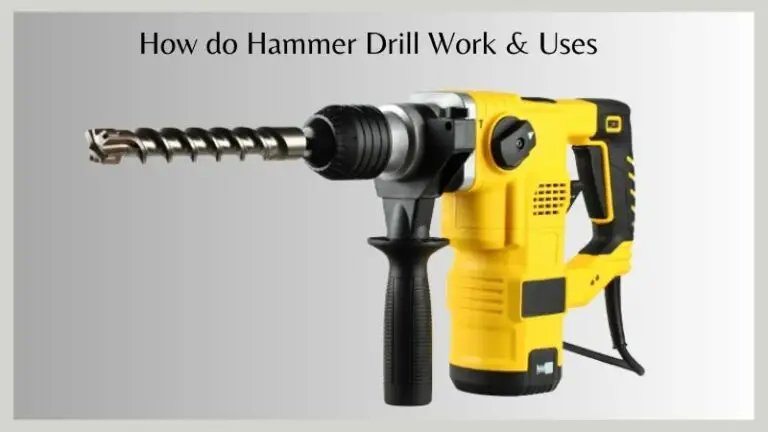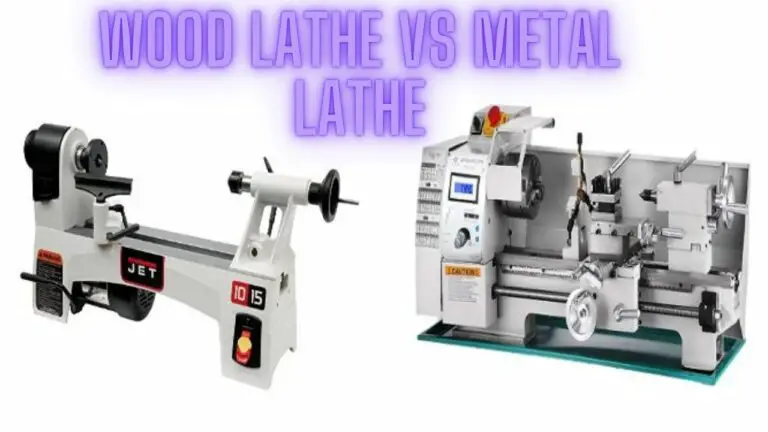Framing Nailer vs. Brad Nailer: Choosing the Right Tool for the Job
Introduction
When it comes to fastening tasks in woodworking and construction, nail guns are indispensable tools that can save time and effort compared to traditional hand nailing. Among the various types of nail guns available, two common options are framing nailers and brad nailers. While they both serve the purpose of driving nails into surfaces, they have distinct differences that make them suitable for different tasks. In this article, we’ll explore the characteristics of framing nailers and brad nailers and help you understand when to use each tool.
Framing Nailer:
A framing nailer is a powerful tool designed for heavy-duty construction and carpentry tasks. It is typically used for projects that involve attaching large pieces of wood together, such as framing walls, building decks, or installing roof trusses. Here are some key characteristics of framing nailers:
- Nail Size: Framing nailers use larger and thicker nails, usually between 2 to 3½ inches in length. These nails are typically 8 to 12-gauge, and they have a clipped or offset head.
- Application: Framing nailers are best suited for structural applications where strength and stability are paramount. They are used for framing, sheathing, and other heavy-duty tasks.
- Nail Angle: Framing nailers often use nail strips with angles ranging from 21 to 34 degrees, which allows for flexibility and access in tight spaces during framing.
- Fastening Strength: These nailers provide robust holding power, making them suitable for load-bearing tasks. They are ideal for securing studs, joists, and other structural components.
- Nail Head Size: The nails driven by framing nailers have larger heads that provide better holding power but leave larger visible holes in the material.
Applications of Framing Nailer
Framing nailers are versatile tools commonly used in construction and carpentry for a wide range of applications that require secure and robust fastening. Here are some of the primary applications of framing nailers:
- Framing Walls: Framing nailers are indispensable for constructing the wooden framework of walls in residential and commercial buildings. They help attach studs, headers, and top and bottom plates securely, ensuring the structural integrity of the walls.
- Roof Truss Assembly: When building roofs, framing nailers are used to attach roof trusses to the supporting walls. This creates a stable and load-bearing structure that can withstand the weight of roofing materials.
- Deck Construction: Framing nailers are used to build the framework for decks, including attaching joists and beams to create a sturdy base for the deck boards.
- Floor Framing: When constructing floors in buildings, framing nailers are used to secure floor joists and support beams. This ensures a level and durable flooring foundation.
- Building Sheds and Outbuildings: Framing nailers are essential for constructing sheds, garages, and other outbuildings. They help assemble the framework and create the structural skeleton for these structures.
- Framing Doors and Windows: When framing door and window openings, framing nailers are used to secure the surrounding studs and headers. This ensures proper support and alignment for doors and windows.
- Creating Room Partitions: In interior renovations or when dividing large spaces into smaller rooms, framing nailers are used to build partitions by framing the walls that separate the areas.
- Constructing Stairs: Framing nailers play a role in building staircases by attaching the stringers, risers, and treads securely. This ensures the stability and safety of the stairs.
- Installing Soffits and Fascia: In roofing projects, framing nailers are used to attach soffits and fascia boards, providing a finished appearance while protecting the roof’s edges.
- Building Pergolas and Gazebos: Framing nailers are used to construct the framework of outdoor structures like pergolas and gazebos, providing structural support for these decorative elements.
- Creating Framed Openings: Whether it’s cutting openings for doors, windows, or skylights, framing nailers are used to create and secure the framework around these openings.
- Repairing Structural Damage: In remodeling or renovation projects, framing nailers are often used to repair structural damage, such as reinforcing damaged walls or replacing rotted framing members.
- Constructing Tiny Houses and Shelters: Framing nailers are vital tools in the construction of tiny houses, cabins, and shelters, where efficient framing is crucial due to limited space.
- Sheathing Walls and Roofs: After framing, sheathing materials such as plywood or oriented strand board (OSB) are attached to the framework using framing nailers to provide structural stability and a base for exterior cladding.
- Creating Outdoor Structures: Framing nailers are used in building outdoor structures like playhouses, treehouses, and garden sheds, ensuring their durability and stability.
Framing nailers come in various types, including pneumatic (air-powered), cordless, and gas-powered models, each with its own set of advantages and applications. Their versatility and efficiency make them essential tools for professionals in the construction industry and for DIY enthusiasts undertaking framing and structural projects.
Brad Nailer:
A brad nailer, on the other hand, is a more delicate and precise tool, primarily used for finish carpentry and woodworking tasks. It is designed to attach thin trim pieces, moldings, and delicate materials without damaging the surface. Here are some key characteristics of brad nailers:
- Nail Size: Brad nailers use smaller and thinner nails, typically 18-gauge, with lengths ranging from ⅝ to 2 inches. These nails have a slender profile and small heads.
- Application: Brad nailers are ideal for finish carpentry tasks where aesthetics matter. They excel at attaching trim, baseboards, crown molding, and other decorative elements.
- Nail Angle: Brad nailers usually have a straight, 0-degree nail angle, allowing for precise and flush nailing in tight spaces without leaving visible marks.
- Fastening Strength: While brad nailers provide sufficient holding power for finish carpentry, they are not designed for heavy structural tasks and may not offer the same strength as framing nails.
- Nail Head Size: Brad nailers drive nails with small heads that leave minimal visible holes in the material, making them ideal for applications where appearance is critical.
Applications of Brad Nailer
Brad nailers are versatile tools that excel in finish carpentry and woodworking due to their ability to drive small, discreet nails with precision. Here are some common applications of brad nailers:
- Trim Installation: Brad nailers are often used to attach trim pieces, such as baseboards, crown molding, chair rails, and window casings. Their small nails leave minimal, almost invisible holes in the trim.
- Cabinetry Work: Brad nailers are essential for assembling cabinets, securing face frames, attaching back panels, and installing trim and molding on cabinet doors and drawers.
- Furniture Making: In woodworking and furniture making, brad nailers help join pieces together, attach decorative moldings, secure tabletops, and assemble chair and table frames.
- Door and Window Installation: When installing interior and exterior doors and windows, brad nailers are used for attaching trim and casing while maintaining a clean and polished appearance.
- Crown Molding: Installing crown molding can be intricate due to the angles and tight joints involved. Brad nailers make this process more manageable by providing secure and nearly invisible fastening.
- Paneling and Wainscoting: Brad nailers are used to secure wood paneling, beadboard, and wainscoting to walls and ceilings, enhancing the aesthetics of rooms.
- Staircase and Railing Work: Brad nailers help in the assembly and attachment of staircases, balusters, handrails, and newel posts, leaving minimal nail holes to be filled and sanded.
- Built-In Shelving: When creating built-in shelving units, brad nailers are used to secure shelves, trim, and decorative elements. The result is both functional and visually appealing.
- Closet Systems: Finish nailers are employed in the installation of custom closet systems, including hanging rods, shelving, and organizers, ensuring a neat and polished look.
- Coffered Ceilings: Coffered ceilings feature intricate panel designs, and brad nailers are used to attach the panels and moldings, providing a clean and seamless finish.
- Picture Frames: When crafting or framing artwork and photographs, brad nailers are used to join the frame pieces and secure the backing board and glass.
- Woodworking Projects: Brad nailers are indispensable for a wide range of woodworking projects, including crafting boxes, cabinets, bookshelves, and decorative wooden pieces.
- Exterior Trim and Siding: In exterior applications, brad nailers can be used to attach trim and siding elements that require a clean and refined finish.
- Finishing Touches: Any application where precision and a polished appearance are paramount can benefit from the use of a brad nailer. This includes custom carpentry, interior and exterior renovations, and more.
- Crafts and DIY Projects: Brad nailers are popular tools for hobbyists and DIY enthusiasts working on home improvement and crafting projects, offering convenience and professional-looking results.
Brad nailers are available in both pneumatic (air-powered) and cordless models, with various nail lengths and gauges to suit different tasks. Their ability to securely fasten delicate materials while leaving minimal marks makes them an essential tool for finish work and detailed carpentry.
Comparison table Framing Nailer vs. Brad Nailer
Here’s a comparison table highlighting the key differences between a Framing Nailer and a Brad Nailer:
| Feature | Framing Nailer | Brad Nailer |
|---|---|---|
| Nail Size and Gauge | Larger, thicker nails (8-12 gauge), typically 2 to 3½ inches in length | Smaller, thinner nails (18-gauge), typically ⅝ to 2 inches in length |
| Application | Heavy-duty construction and framing tasks such as wall framing, roof truss assembly, and deck construction | Finish carpentry and woodworking tasks, including trim installation, cabinetry, and furniture making |
| Nail Angle | Nail strips with angles (e.g., 21 to 34 degrees) for flexibility in tight spaces during framing | Finish carpentry and woodworking tasks, including trim installation, cabinetry, and furniture-making |
| Fastening Strength | Provides strong holding power for structural applications | Provides sufficient holding power for finish carpentry but not suitable for heavy structural tasks |
| Nail Head Size | Nails have larger heads for better holding power but leave larger visible holes | Nails have small heads that leave minimal visible holes in the material |
| Use Case | Used for creating structural frameworks, attaching large pieces of wood, and load-bearing tasks | Used for attaching trim, moldings, baseboards, and delicate materials with a clean, polished finish |
| Typical Projects | Wall framing, deck building, roof truss assembly, sheathing, and structural work | Trim installation, cabinet assembly, furniture making, molding, and decorative woodworking |
| Versatility | Suited for heavy-duty construction projects | Ideal for finish carpentry and detailed woodworking |
| Nail Length Options | Typically handles nail lengths from 2 to 3½ inches | Handles nail lengths ranging from ⅝ to 2 inches |
| Mobility Options | Available in pneumatic (air-powered), cordless, and gas-powered models | Available in pneumatic (air-powered) and cordless models |
| Visibility of Nails | Leaves larger visible nail holes | Leaves minimal, almost invisible nail holes |
| Weight and Size | Typically bulkier and heavier | Lighter and more compact |
| Safety Considerations | Requires caution due to the power and size of nails | Requires precision to avoid damaging delicate materials |
| Common Brands | DeWalt, Bostitch, Hitachi, Paslode | DeWalt, Makita, Porter-Cable, Senco |
| Price Range | Moderate to high, depending on the brand and model | Moderate to high, depending on the brand and model |
Choosing the Right Tool:
In summary, the choice between a framing nailer and a brad nailer depends on the specific task at hand. If you’re working on heavy-duty construction or framing projects that require strong connections and stability, a framing nailer is the tool of choice. On the other hand, if you’re focused on finish carpentry and woodworking, a brad nailer provides the precision and clean finish you need.
Framing Nailer vs. Brad Nailer FAQS
What’s the primary difference between a framing nailer and a brad nailer?
The primary difference lies in the size of nails they use and their intended applications. Framing nailers use larger, thicker nails for heavy-duty construction, while brad nailers use smaller, thinner nails for finish carpentry and delicate woodworking.
Can I use a framing nailer for trim work, or a brad nailer for framing?
While it’s technically possible, it’s not recommended. Framing nailers are not ideal for finish work due to the large nails and their potential to damage delicate materials. Brad nailers may not provide the holding power needed for framing or heavy structural work.
What are the typical applications for a framing nailer?
Framing nailers are used for structural tasks like framing walls, building decks, installing roof trusses, and attaching floor joists.
What are the typical applications for a brad nailer?
Brad nailers excel at finish carpentry and woodworking tasks, including trim installation, cabinet assembly, furniture making, and attaching delicate moldings.
Do framing nailers and brad nailers have different nail angles?
Yes, typically framing nailers have angled nail strips (e.g., 21 to 34 degrees) for flexibility in framing, while brad nailers usually have a straight, 0-degree nail angle for precision and flush nailing.
Can I use the same air compressor for both nailers?
Yes, you can use the same air compressor for both types of nailers. However, you may need to adjust the air pressure and use different hoses and fittings to match each nailer’s requirements.
What safety precautions should I take when using nail guns?
Always wear appropriate safety gear, including safety glasses, hearing protection, and gloves. Keep your hands and body away from the nail’s path, and be mindful of where you’re pointing the nailer. Follow manufacturer guidelines and safety instructions.
Can brad nailers be used for exterior applications like attaching siding or trim?
Brad nailers are typically not recommended for exterior applications due to the potential for rust and corrosion. For outdoor projects, consider using specialized exterior fasteners and tools designed for outdoor use.
Do brad nailers leave smaller holes compared to framing nailers?
Yes, brad nailers leave smaller holes because they use smaller nails with smaller heads. These holes are easier to conceal with putty or filler for a clean finish.
Can brad nailers be used for hanging heavy objects like cabinets?
Brad nailers can be used for light cabinet installations, but for heavy cabinets or objects, it’s often recommended to use a combination of brad nails and additional support methods like screws or brackets for added stability.
Are there cordless versions of both framing and brad nailers available?
Yes, there are cordless versions of both types of nailers available, which can be more convenient for portability and when working in areas without easy access to power sources.
Are there safety features built into nail guns?
Many nail guns have safety features such as trigger locks, depth adjustment, and anti-dry fire mechanisms to enhance user safety. Always familiarize yourself with these features and how to use them properly.
Conclusion
Ultimately, having both tools in your arsenal is beneficial, as they serve different purposes. However, if you must choose only one, consider the type of projects you undertake most frequently to determine which nail gun will be the most useful addition to your toolkit.

